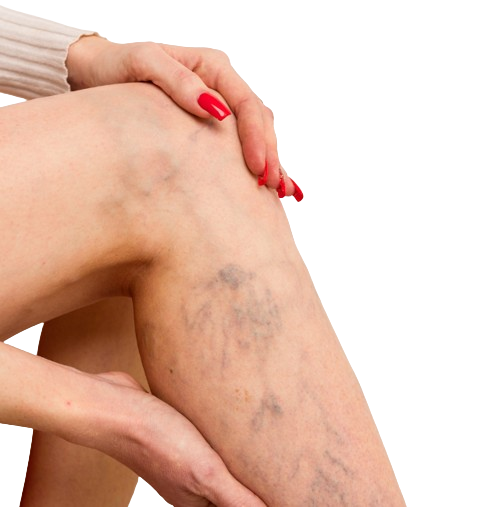Wound Care In Vein Disease
Wound care is carefully cleansing, disinfecting, and treating wounds in order to facilitate healing and avoid infection for the best possible recovery.
Wound Care in vein disease:
Vein disease, also known as venous insufficiency or chronic venous insufficiency (CVI), can lead to skin changes and the development of leg wounds, particularly in the lower extremities. Common manifestations include venous ulcers, which are chronic wounds that occur due to impaired blood flow in the veins. Proper wound care is crucial in managing vein disease-related wounds. Here is our speciality to deal with wound care and some considerations for wound care in vein disease.
- Experienced
- Focused
- High-End Facility
- Pain Regenerative Therapies
- Supportive Team
- Emergency Care
- Special Diagnosis
- Swelling Regenerative Therapies


- Compression therapy is a key component of managing venous insufficiency. Compression stockings or bandages help improve venous return and reduce swelling, promoting better wound healing.
- Consult a healthcare professional to determine appropriate level of compression and type of compression therapy.
- Elevate the affected limb regularly to reduce swelling and improve blood circulation. Keeping the legs elevated above the level of the heart can be beneficial.
- Clean the wound with a gentle, mild cleanser and lukewarm water. Avoid harsh chemicals and hot water.
- Pat the wound dry with a clean, soft cloth.
- Debridement may be necessary to remove dead or unhealthy tissue from the wound. This can be done through different methods, including autolytic debridement (using the body’s natural processes) or sharp debridement by a healthcare professional.
- Choose appropriate dressings for venous ulcers, which are often moist and exudative. Alginate dressings or hydrocolloid dressings may be suitable to maintain a moist wound environment.
- Protect the affected area from injury, as individuals with vein disease may be more prone to developing wounds.
- Regularly monitor the wound for signs of infection, such as increased redness, swelling, warmth, or a change in odor.
- Seek prompt medical attention if the signs of infection are present.
- Consult a healthcare professional, preferably a wound care specialist or vascular specialist, for a comprehensive wound assessment and management plan.
- Topical treatments, such as antimicrobial or growth-promoting agents, may be prescribed by a healthcare professional to facilitate wound healing.
- Maintain a well-balanced diet rich in nutrients, as good nutrition is essential for wound healing. Ensure proper hydration to support overall skin health.
- In some cases, vascular interventions, such as endovenous ablation or vein stripping, may be recommended to address the underlying venous insufficiency and improve blood flow.
- Follow the recommended follow-up schedule provided by healthcare professionals to monitor progress and make necessary adjustments to the treatment plan.
Note: Individuals with vein disease should work closely with their healthcare team to address the underlying vascular issues and manage any associated wounds effectively. Timely and comprehensive wound care is essential to prevent complications and promote healing.
.
